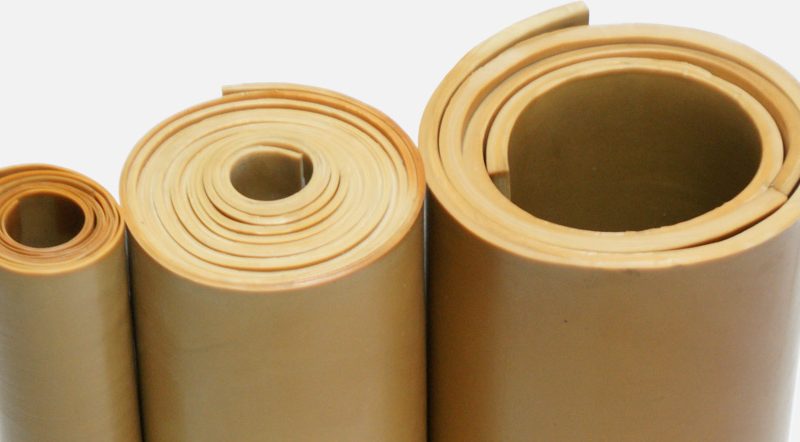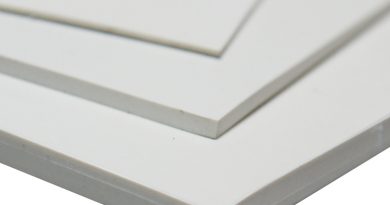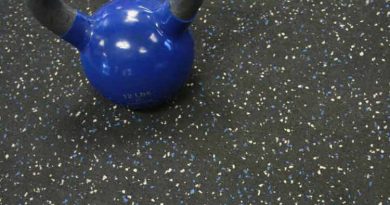What Can Natural Gum Rubber Be Used for?
Natural rubber is harvested from plants rather than being chemically engineered like synthetic rubber. Most natural rubbers are harvested from the Hevea brasiliensis, or the “rubber tree”, through a process called tapping. It is a very flexible and pliable material that is often used in a wide range application in industrial settings. Natural gum rubber generally resists most organic salts, ammonia, acids, and alkali solutions. Despite their wide range of chemical-resistance, natural rubber is still significantly weaker than that of their synthetic rubber counterparts. It is a product that derives from nature and, in terms of industrial uses, natural gum rubber more suited for light to medium grade applications that do not involve overly abrasive temperatures and chemical conditions.
Contrary to popular beliefs, natural gum rubber actually retains excellent physical properties. As an elastomer, natural gum is capable of stretching out to great lengths without tearing or breaking. Additionally, it holds a low compression set, great resilience, high tensile strength, excellent shock-absorption, and abrasion-resistance allowing it to be used as protective padding. Most importantly, natural rubber is most valued for their naturally high coefficient of friction which offers optimal non-slip qualities. This allows rubber to retain its ability to grip even when coming into contact with moisture. Due to these physical qualities, natural gum rubber is often used to create safe and non-slip floors.
This level of elasticity makes natural gum rubber ideal for use as wiper blades, machine skirting, and even as drum practice pads, among many other applications. Some of the synthetic rubbers that were developed in the 20th century were made specifically with the intention of trying to mimic this level of durable elasticity. This flexible rubber is often preferred in some industrial applications due to its soft and pliable natural that will not damage surrounding equipment. Additionally, due to its unique level of chemical resistance, natural gum rubber has been employed in industrial settings where chemicals and alkalis are in use or being stored. Manufacturers tend to use this elastomer in the form of seals and skirting for machines or for containers holding industrial chemicals.
Here is a list of products natural rubber is commonly used to make:
- Gaskets, seals and O-rings: Due to their excellent compressibility and rebound characteristics, gum rubber sheets are used as gasket and seal materials in mechanical systems. The flexible rubber material ensures a tight fit between components and can withstand dynamic applications since it is also resistant to abrasion.
- Conveyor belts: Gum rubber sheets boast a high degree of surface friction, rivaled only by the synthetic rubber silicone. Shoe soles are one of the more familiar products that take advantage of the grip offered by the flexible rubber material. The rubber is also found in the form of conveyor belts for industrial machinery. Great surface friction and a resistance to abrasions suit natural gum rubber for the job.
- Vibration-deadening pads: The shock-absorption trait of natural rubber material is exploited in flooring tiles and asphalt roads. When in the form of a sheet, natural gum rubber is used as a mounting pad for machinery to dampen noise and vibrations. In less common cases, thick sheets of rubber are used as bridge bearing pads, which absorb the shocks and vibrations resulting from activity on a bridge.
- Squeegee applications: Squeegees are some of the most commonplace natural rubber products available. When moisture or excessive water is present, gum rubber is one of the best elastomers to consider. It has excellent water swell resistance and will not log water, making it appropriate for squeegee equipment. The flexible rubber material also allows squeegee tools to conform to surfaces to control liquids on surfaces like ceramic tile or glass windows.




